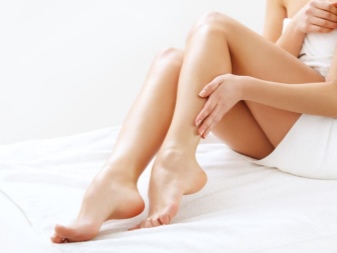Leg waxing

From time immemorial, the beautiful half of humanity has striven for the most smooth and velvety skin. But there are places on the human body where excess vegetation, in particular, the legs, interferes with the achievement of this goal. There are many ways to remove unwanted hairs, and today we will tell you about one of the most popular and effective procedures - waxing.
First, let's understand the concepts. There are 2 terms denoting the procedure for removing excess hair from the body - depilation and epilation. The main difference between these definitions is the degree of impact on the hair. During epilation, it is completely removed from the root, while the depilation procedure is superficial, and allows you to remove only its regrown part.
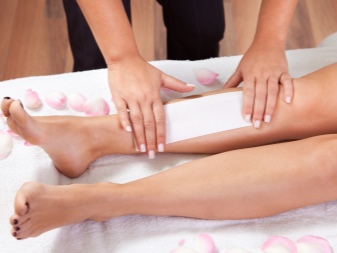

Features of hair removal in the salon
Many women who have tried to do leg hair removal in a beauty salon do it regularly. With each subsequent procedure, the hair becomes thinner, their number decreases due to irreversible damage to the hair follicles. There are 2 types of waxing that you may be offered in a beauty salon:
- hot wax epilation. This type of hair removal is suitable even for sensitive skin, due to the fact that due to the high temperature of the wax, all the pores of the skin open and the hair is removed more easily;
- epilation with warm wax. More painful, but no less effective procedure. Wax is applied to the skin in a thin layer, a special strip is glued on top and then, with a jerk, it comes off the skin along with the hair.
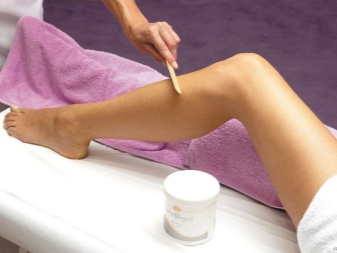
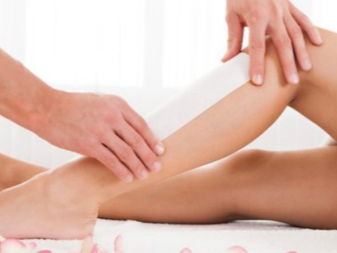
How to do it right at home?
In principle, there is nothing difficult to carry out this procedure at home. It is important to comply with all hygiene requirements and carry out preliminary preparation of the skin by taking a warm bath and scrubbing those areas where depilation will be carried out. Do not forget that in order to achieve the maximum effect, it is necessary to grow hairs from 3 to 5 mm.


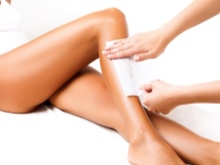
Which wax is best?
All wax products for hair removal differ in the temperature of use. They are:
- Hot. With the help of these types of wax, you can achieve the maximum possible result. You can epilate all parts of the body, except for the skin on the face. Such a procedure does not cause much discomfort;
- Warm. It is good to use to get rid of unwanted hairs in areas such as arms, legs, armpits;
- Cold. They are used for sensitive areas, for example, to get rid of the antennae, eyebrow correction. Can be recommended to people with increased skin irritability.

Below are a few products that received the best reviews from consumers:
- White Line Natura Azulene. Hot granular green wax. Great for getting rid of vegetation on the arms, legs, in the intimate area, removing even the most coarse hair. The melting point is 45 degrees.The wax sticks to the skin perfectly and can be easily removed. Contains caring ingredients, smells good;
- Kapous. Warm wax for epilation in a cartridge. It has several varieties, different in color, for removing hairs from different parts of the body. Easy to use. Favorable for the price;
- Veet Suprem'Essence. Wax strips for cold hair removal. Cope even with short thin hairs. Requires a minimum of manipulation. Moisturize the skin.

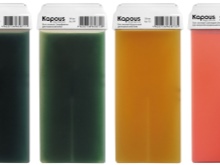

How to do it yourself?
If you have neither the time nor the desire to visit a beauty salon to perform a leg hair removal procedure, you can easily do it yourself at home. To do this, read the following guidelines:
- How much wax do you need? We decided to carry out the procedure regularly - calculate the required amount of wax and additional materials. As a rule, one can of epilation wax contains 250 ml of product. This is enough for 2 full leg treatments. Also stock up on a wooden spatula for applying the product to the skin, preferably with a temperature indicator. You will also need fabric strips. Their one-time consumption is about 16 pieces. To heat the wax, buy a thermostat or use a microwave or water bath.
- Training. Decide which product you want to use (hot, warm or cold), purchase the necessary products for the procedure, take a warm bath with essential oils and thoroughly scrub the skin in the place that you will epilate.
- How to apply? Depending on the temperature of the final product, there are different ways to use it. Below are step by step instructions for each type of wax.

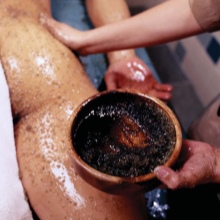

If you chose the hot method, heat the wax in the prepared fixture until it reaches 60 degrees. Using a wooden spatula, carefully spread the product over the surface of the skin. Apply a strip of fabric, wait a while for adhesion, and pull sharply. After removing the remaining wax, apply a soothing cream.
Warm wax is prepared and applied in the same way, but its temperature should not exceed 45 degrees.
The cold method of epilation of the legs differs from the two previous ones in that it does not require heating the wax in a special device - it is enough to warm it with the warmth of the palms for 30 seconds. After that, the strip is applied to the skin and sharply detached from it. At the end of the procedure, soothe irritated skin by rinsing the areas of depilation with cool water and applying a moisturizer.


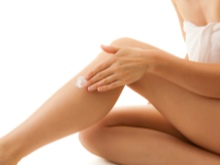
How to wax your legs at home, see the following video.
What to process after?
On sale there are excellent products that are used to slow down the growth of hairs after the epilation procedure. They also help fight ingrown hairs. It is necessary to apply such creams for at least a week.
But what is not recommended to do: visit the solarium and the beach (up to 10 days), use products with artificial fragrances and a dense texture - they can clog pores and contribute to the inflammatory process. Do not go to the bath and sauna. After a week after the procedure, peel. It is especially recommended for girls who are faced with the problem of ingrown hairs.

FAQ
Many ladies who have epilated for the first time face a number of problems and need clarification of the causes of this or that trouble. Here are the most popular ones:
- Why do legs itch after waxing? If after the procedure you notice that the legs began to become covered with red spots, itching and irritation appeared - this is a sign that the nerve endings were affected and the process of inflammation of the hair follicles may begin. To relieve these symptoms and eliminate the problem, take 5 drops of tea tree oil and mix them with olive oil (1 tbsp). Gently apply to damaged areas;
- Why are the legs prickly? There may be one of 2 options here: either you have not grown enough hair and they simply did not catch on the wax and you could not remove them, or your hair grows very quickly. The only way out here is to shave them off;
- Why does irritation happen and how to avoid it? There are several reasons why the procedure can cause discomfort and irritation of the skin: sensitive skin type, low-quality wax, allergic reaction. Also, do not forget that wax removes not only unwanted hairs, but also skin particles, which can also cause a negative reaction. Anger can and should be dealt with. To do this, lubricate the skin with an antiseptic (for example, miramistin, solcoseryl) or a decoction of medicinal herbs (chamomile, calendula flowers are well suited for these purposes). Juice squeezed from fresh aloe leaves also helps a lot.

Reviews
The procedure for waxing the legs has become widespread among women, although there are both supporters and opponents. Here is what the ladies say in favor of this procedure:
- The legs remain smooth much longer than after regular shaving;
- With each new procedure, the hairs become thinner, their number is noticeably reduced;
- Good value for money;
- The epilation procedure can be carried out at home.
But what are the arguments "against":
- It's quite painful;
- Ingrown hairs may appear;
- The possibility of an inflammatory process is not excluded;
- The appearance of age spots, redness and bruising.
Whether or not to wax is up to you. Remember that if you follow all the recommendations for proper skin care before and after the procedure, all risks are minimized.

